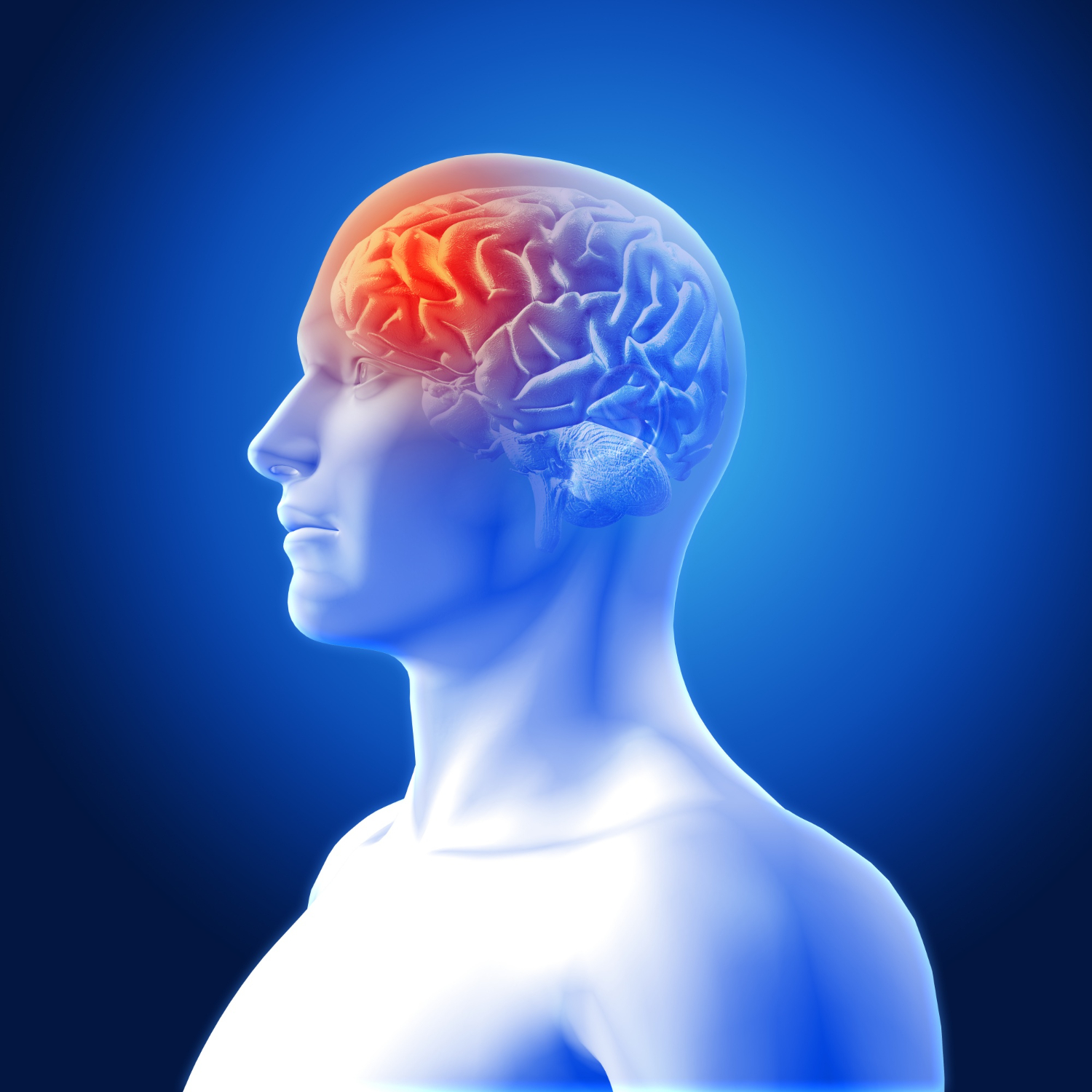Post Concussion Management
Overview
Post-concussion syndrome or PCS, is a set of symptoms such as headaches and dizziness that may continue for weeks, months, or a year or more after a concussion. Concussion is a mild traumatic brain injury that usually happens after a blow to the head. It can also occur with violent shaking and movement of the head or body. You don’t have to lose consciousness to get a concussion or post-concussion syndrome. In fact, the risk of post-concussion syndrome doesn’t appear to be associated with the severity of the initial injury.
In most people, symptoms occur within the first seven to 10 days and go away within three months. Sometimes, they can persist for a year or more.
Medications and physiotherapy and behavioral therapy may be used, and individuals can be educated about symptoms and provided with the expectation of recovery.
Post-concussion symptoms include:
- Headaches
- Dizziness
- Fatigue
- Irritability
- Anxiety
- Insomnia
- Loss of concentration and memory
- Depression
- Ringing in the ears
- Blurry vision
- Noise and light sensitivity
- Rarely, decreases in taste and smell

A concussion is a mild traumatic brain injury caused by a bump, jolt, or blow to the head. The sudden movement causes the brain to bounce around or twist inside the skull. This leads to stretching and damaging of brain cells and chemical changes in the brain. A jolt to the body can also cause a concussion if the impact is strong enough to cause the head to forcefully jerk backwards, forwards, or to the side.
A concussion is classified as “mild” because it is not usually life-threatening. However, the effects from a concussion can be serious and last for days, weeks, or even longer.
The only known way to prevent post-concussion syndrome is to avoid the head injury in the first place.
Avoiding head injuries
Although you can’t prepare for every potential situation, here are some tips for avoiding common causes of head injuries:
- Fasten your seat belt whenever you’re traveling in a car, and be sure children are in age-appropriate safety seats. Children under 13 are safest riding in the back seat, especially if your car has air bags.
- Use helmets whenever you or your children are bicycling, roller-skating, in-line skating, ice-skating, skiing, snowboarding, playing football, batting or running the bases in softball or baseball, skateboarding, or horseback riding. Wear a helmet when riding a motorcycle.
- Take action at home to prevent falls, such as removing small area rugs, improving lighting and installing handrails.
